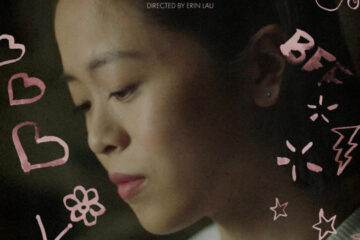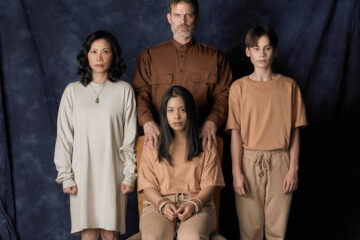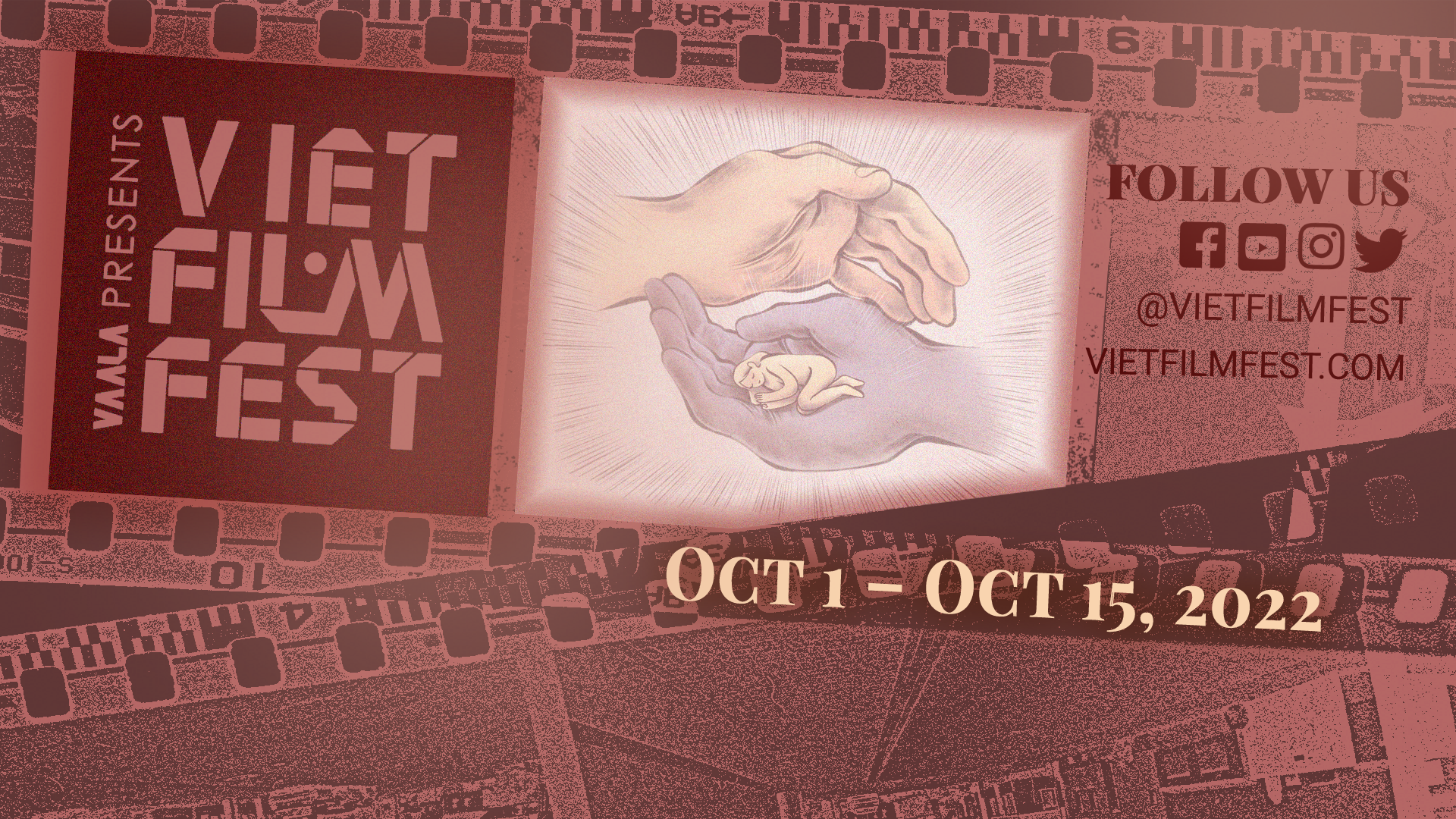The 13th edition of Viet Film Fest 2022 continues with breathtaking documentaries that portray contemporary issues relating to the larger Southeast Asian community. Set in the North of Vietnam, Children of the Mist is a film about the holy time of childhood and its disappearance. We spoke with director, Ha Le Diem about the her time with Hmong community and how she grappled with the contents of the film. This interview has been condensed and edited.
Children of the Mist follows the Hmong people, an ethnic minority, and the tradition of bride kidnapping. What inspired you to create a film about this topic?
I was born in a small village belonging to the Tay community, an ethnic group in Northeast Vietnam. At the age of 15, my beloved friends couldn’t continue their studies in high school. When the first one got married, I remembered this as the end of my childhood.
Ten years later, when I observed a group of young Hmong girls playing in the foggy landscape of Sapa province, I felt like I was looking at my own childhood reflecting in a mirror. I became very close to Di, a 12-year-old girl, who gave me access to the whole Hmong community. In her culture, marriage is linked to a controversial tradition: when a boy is interested in a girl, he organizes her kidnapping. I knew for a long time about “bride-knapping”, but I used to consider it like a folkloric tradition. I didn’t realize that most of the parents favored an early marriage for their daughter, as they don’t trust in social promotion through school. Women’s trafficking is still a serious issue on the Chinese border only 90 km away. Almost every family in these communities has once suffered abduction. As a consequence, sexual abuse and violence are very common in this region. Since I started to shoot, two schoolmates of DI were raped on their way to school. One of them was murdered. While becoming teenagers DI and her friends had fear growing within them. Fear also spread within me when I realized that I could lose one of my “younger sisters” at any moment. These threats gave me even more motivation to carry on this project.
I’ve read that you spent 3 years living with the Hmong people in North Vietnam before filming Children of the Mist. How would you describe your time living with Di and the other subjects of Children of the Mist?
I spent 3 years living with the Hmong people in North Vietnam when I filmed Children of the Mist, (not before). I went to Di’s village around 5-6 times a year, up to a month each time. The weather was cool and pleasant. I didn’t shoot much. I started as a friend- Di took me everywhere – to the hill, field and her school. After 1 year, we grew closer and I became like an older sister to her. Her parents took me to their weddings, funerals, and social events. Whenever I went to stay at their place, I only shot 4-5 days over my 3-weeks stay. I mostly spent time living with them – farming, drinking rice wine and working with them. They enjoyed my presence and I fit in with their lifestyle, joining them at the farm and taking care of their herds. I lived as a Hmong and I was really happy. Di’s mother even dressed me up as a Hmong girl.
Generally, Di’s father liked to talk about cultural traditions. He explained to me that the village was established by a Hmong couple from China a few hundred years ago. The village
was originally at a very large banyan tree on the other side of the valley, which he took me
on a tour too. A few times when Di’s father worked with some NGO in programmes about trafficking and kidnapping of women, he also invited me to come along.
I film alone, so the mic is on the camera. It limits my ability to frame, and forces me to be close to the character. But that limitation has also allowed Di to open up more easily with me.
How did your relationship with the subjects change throughout the filmmaking process?
When I first saw Di, she was playing with her friends on a hill. The scene reminded me of my childhood, and I wanted to make a film capturing her innocent years. After spending more time with Hmong people, I learn of their bride-napping practice, and also the fear of getting trafficked. As I became more aware of the lurking danger that they faced, the footage I captured shifted from beautiful scenery to more a concerning gaze for Di.
2 years through her puberty, Di changed like all teenage girls. She started sneaking out, drinking alcohol, and lying to her parents to go out with her boyfriend. Her own worldview had formed, and she wanted to explore her freedom.
Not being heard at home, Di would feel lonely and become easily enamored with boys who lent her an ear, took her out and bought delicious food for her. The boys just needed to pour honey into her ears for Di to think that they were the ones who understood her. I was very fearful that Di would be abducted, especially because she was rather gullible and had a great compassion forpeople. At Tet 2019, Di was captured.
I found the participatory nature of this documentary shocking and gripping. There were certain moments where it seemed that you as a filmmaker had to participate in the scene in front of you. As a documentary filmmaker, what is your approach to filmmaking and the role of the filmmaker in difficult situations?
I had already noticed that the camera was a great tool to record the imperceptible changes of Di who was now far from the young girl that I started to film. Watching the material shot, I was shocked to see this transformation that I didn’t perceive with the naked eye: Di was now a beautiful but impetuous teenager threatened by all the dangers of the valley.
I thought the camera could also be used as a defensive weapon as I had previously noticed that the tension and the violence was refrained when I was filming. This occurred both outside with boys who annoyed Di and her friends, but also at home on several occasions when Di’s father was drunk.
Above all, I wanted to keep on using the camera as a go-between to understand deeper Hmong society and interact with them.
My camera leans more towards the observational style; nevertheless, the characters are
always aware that there is a camera and a person behind it. People still treat me as a
human being and converse with me. The interaction is inevitable.
When Di was still at Vàng’s house and had not yet returned, her parents told me that they
considered me as Di’s sister, as their own child. They asked me to help Di and I agreed, if Vàng and his family tried to kidnap Di again, that I would help physically “drag” Di back. I tried to help her at this moment. I helped Di as someone whom her parents regard as Di’s sister, whereas the filmmaker is not supposed to. At that moment, I thought to myself that I hold the camera, but I am also a human with the right to my feelings and opinions. Many times, I disregarded the concerns of a filmmaker and went ahead with expressing my thoughts and sentiments.
What do you want audiences to take away from this film?
I would love to let the audiences have their own feelings about this film, I think it’s so important to let the audiences feel freedom with their point of view.
###
Watch Children of the Mist in-person Sat, October 8th at 5pm @ Viet Film Fest 2022 or stream online starting October 8th at 11 am. Buy your tickets or pre-order online now!
ABOUT HA LE DIEM
Ha Le Diem was born in 1991 in an ethnic minority group of Northeast Vietnam. She left her hometown to study journalism at the University of Social Sciences in Hanoi, from where she graduated in 2013. Children of the Mist is her first feature documentary film project.
VIET FILM FEST 2022
October 1-15, 2022
Program Schedule and Tickets: https://vietfilmfest2022.eventive.org/welcome
Follow @vietfilmfest on Facebook, Instagram, Twitter, and YouTube



0 Comments